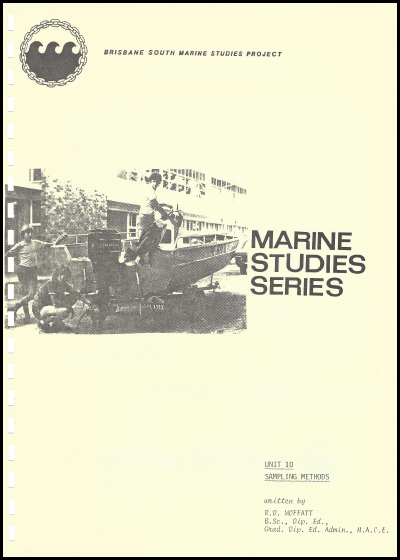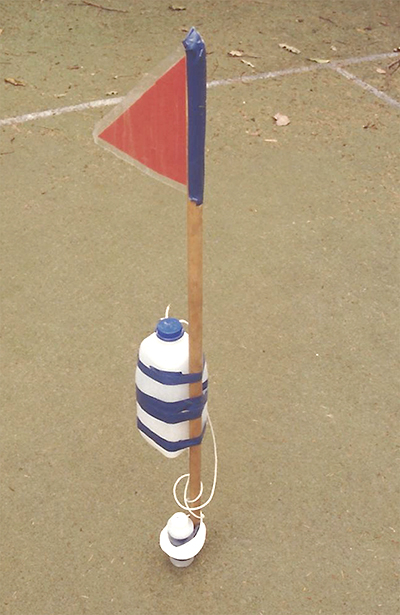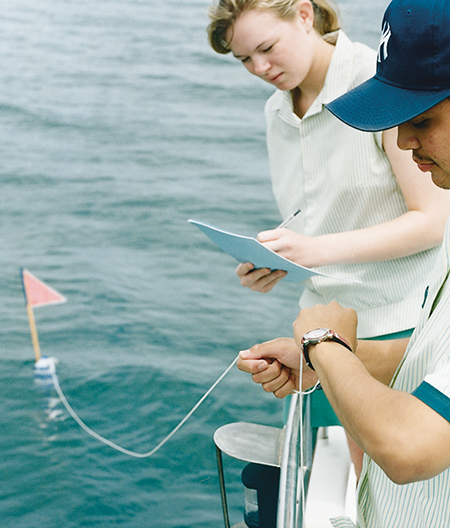1985 BSMSP Sampling methods

ISBN : 0 9589813 9 6
Published Date : 01 April 1985
Product Code : 1985 BSMSP
Format : pdf file for download
By Bob Moffatt
Non-commercial school licence
The publisher and author/s of this pdf file grant to the school a revocable, non-exclusive, non-transferable right and licence to use the content, exercises, lab and field work lesson notes within the school for educational purposes only.
Yearly record keeping
To ensure fair payment is made to collecting societies, educational institutions are to record the digital ISBN above.
- To do this go to the school office and ask the IT department or whoever looks after digital book licences to record the ISBN in the school digital library licence catalogue.
Copyright
Except as permitted by the Copyright Act 1968 (Cth), you may not reproduce any of the contents of this publication, without the written permission of the copyright owner.
The title to, and intellectual property rests with the publisher's author/s, illustrators, photographers and design consultants and nothing in the agreement should be construed as transferring those rights to the school.
Educational exemption
There are exemptions under the Act that allow educational and government use of text, images and music scores for educational purposes.
These exemptions are in Part VB of the Copyright Act 1968 (Cth), where you are entitled to reproduce or communicate 10% of the words or one chapter from this file for educational use within your school. If you wish to reproduce or communicate MORE than 10% contact the copyright owner.
For more information, see www.copyright.com.au and www.copyright.org.au.
Teachers Information
Rationale
An estuary provides an excellent place for students to study the Nature of Science in the marine environment.
It's easy access allows students to get out into into the field to experience the difficulties in marine research and the time it takes to collect data while allowing them to come to the conclusion that scientific discoveries do not occur overnight and that hypothesis and scientific generalisations take a long time to become a reality.
This booklet was written for draft Multistrand Science syllabus topics The Nature of Science and Matter and Materials
NATURE OF SCIENCE
Science is a human activity involving us all as we attempt to understand the world around us. The empirical mode of thought embodied in science provides one way of viewing our world. Students should. experience this empirical approach and be encouraged to develop a thoughtful, logical and
thorough approach to everyday life. To do this they should examine various views about the nature of science, its methods and processes.
Many aspects of this topic could be undertaken in conjunction with studies in other core topics or optional areas. An alternative approach could be the development of an introductory unit based on this topic.
MATTER AND MATERIALS
We are surrounded by an immense diversity of natural materials some of which man has adapted for his benefit. In addition he has developed new materials and applied these to the service of man. This interaction between man and his environment is crucial to our way of life.
Students should have an understanding of the structure, properties and uses of a range of materials both natural and synthetic. He should relate the materials, through a knowledge of their properties, to their everyday usage. The student should appreciate the reasons man chooses particular materials for specific usages. He should have a knowledge of some of the technologies involved and the impact of these technologies. As a consequence of the study of this topic the student should acquire a better appreciation of man's adaptation of these
materials.
These aims may be achieved by a variety of teaching approaches e.g. by a traditional geological and chemical development or
by a thematic study of a particular natural resource being transformed into a finished article. Irrespective of the approach pursued, the laboratory should form a focus for the treatment of the topic and students should acquire hands-on experience with a range of materials being studied.
The materials studied should include examples from each of the following three groups: ores, metals and alloys; non-metallic elements and inorganic compounds; organic compounds and polymers.
Students must be given the opportunity to do Field Work - Example in an estuary for this process, skill and affective objectives to be achieved.
Contents
Areas of study and work boats
Small ships forecasting and boat safety
Knots and how not to loose Equipment
Bathymetric surveying
Water sampling
Current measurement
Sediment corer
Secchi disc
Bucket Thermometer
Wave determinations and analysis
Sample field study worksheets




